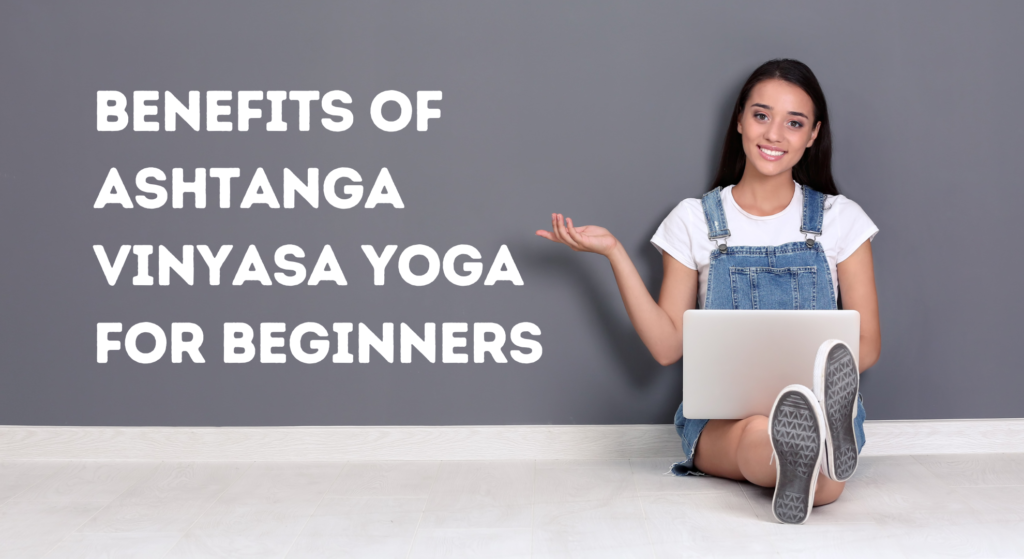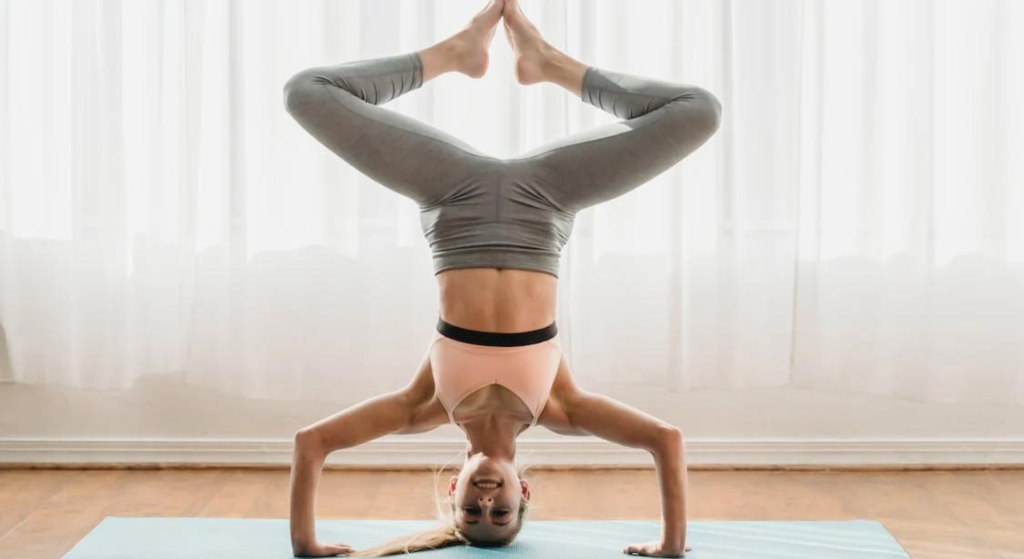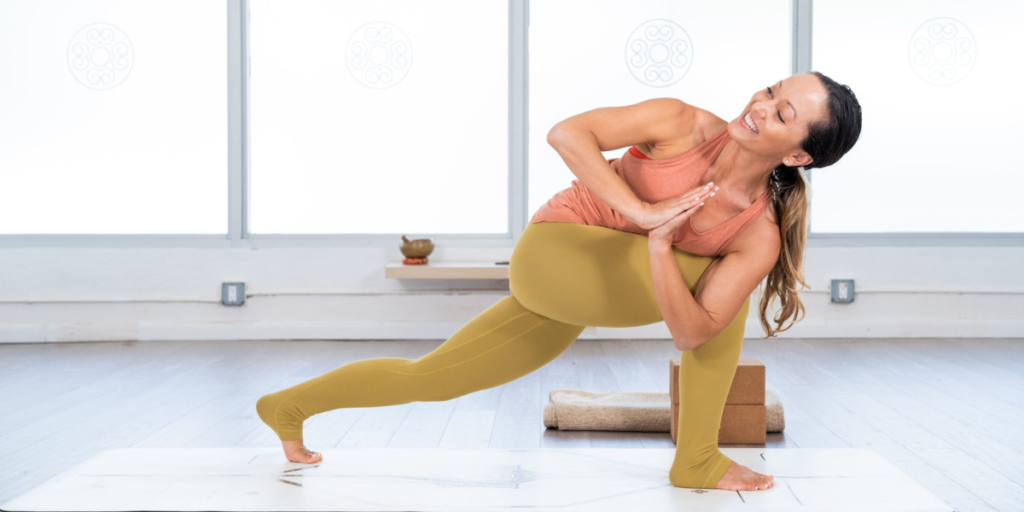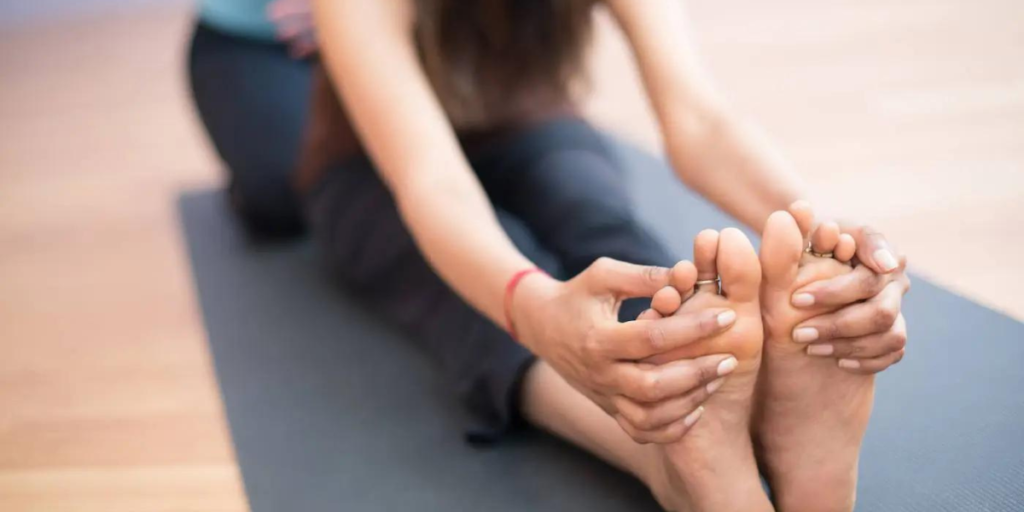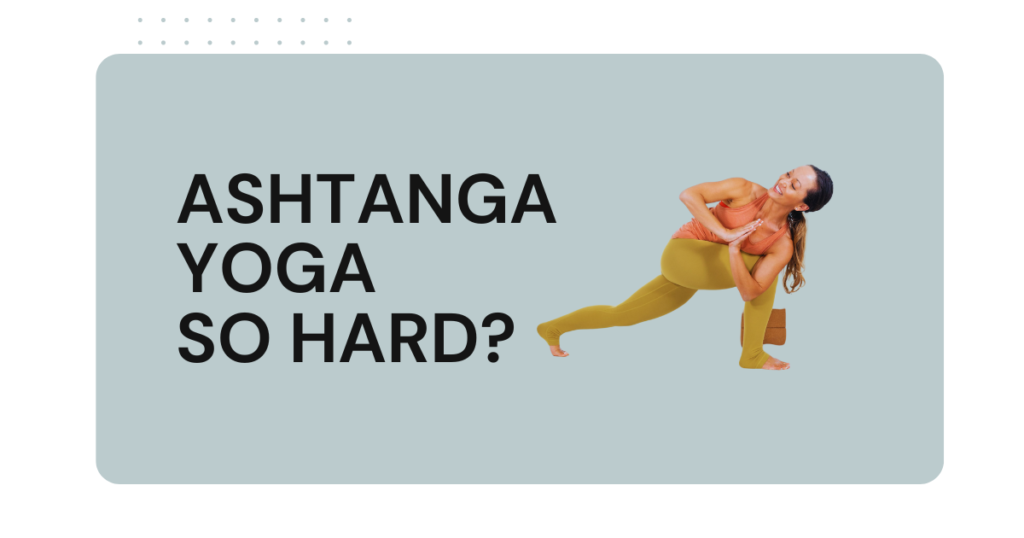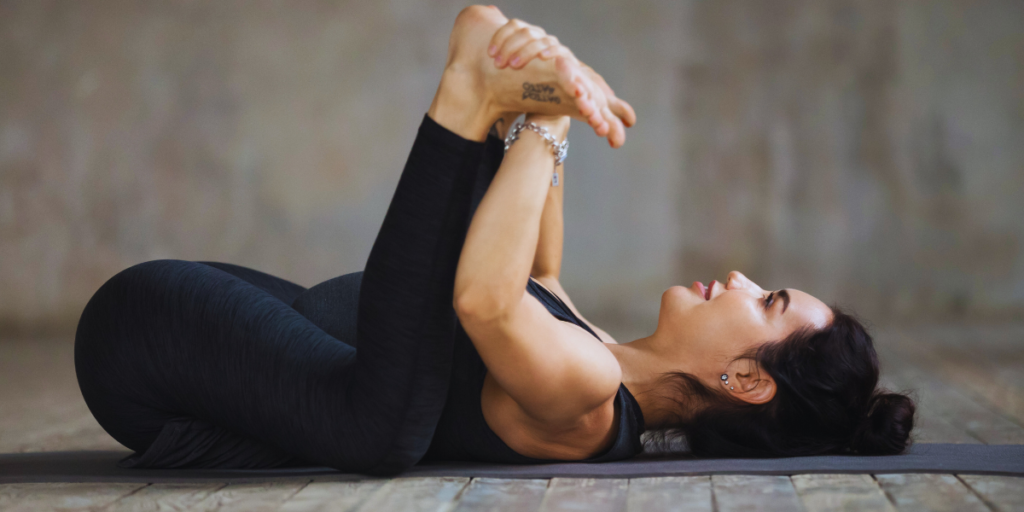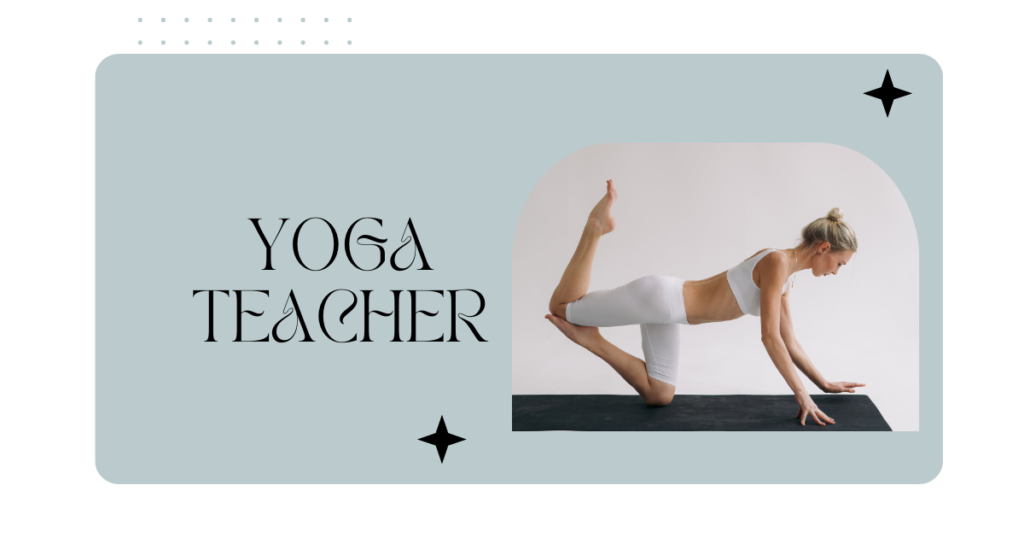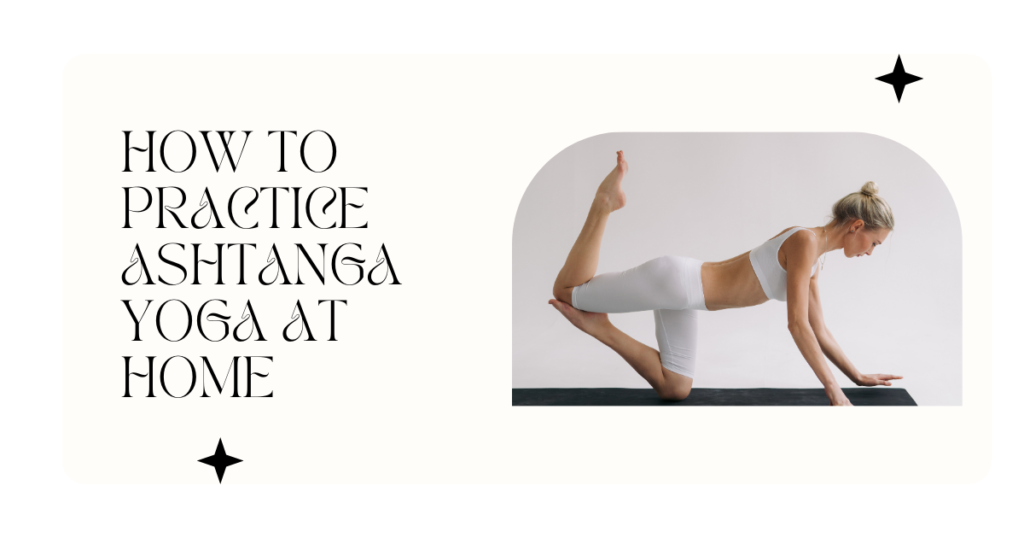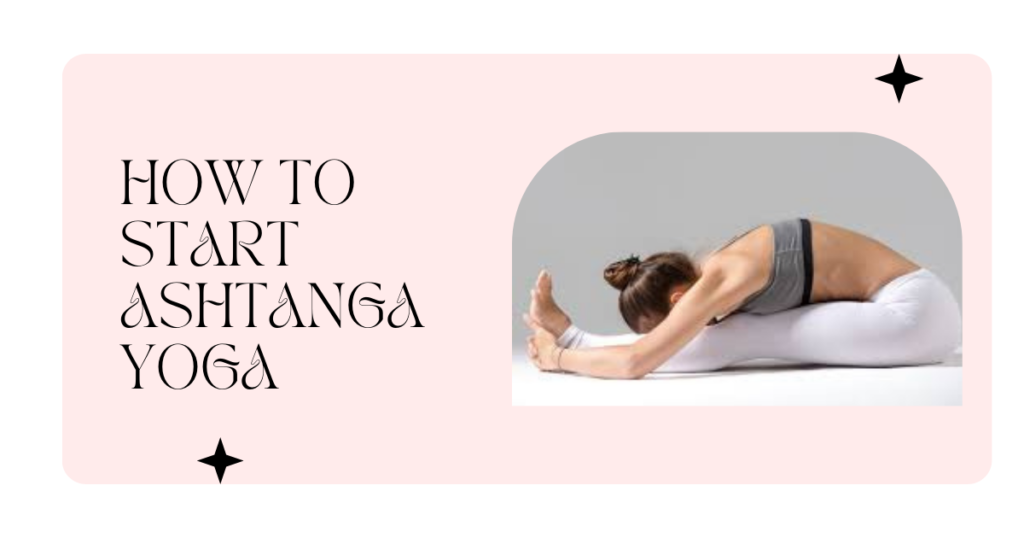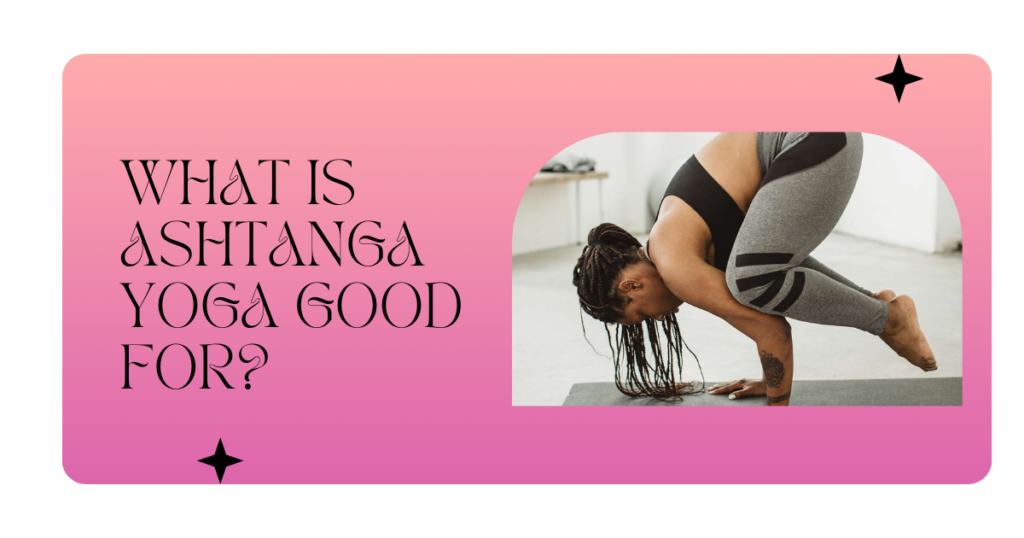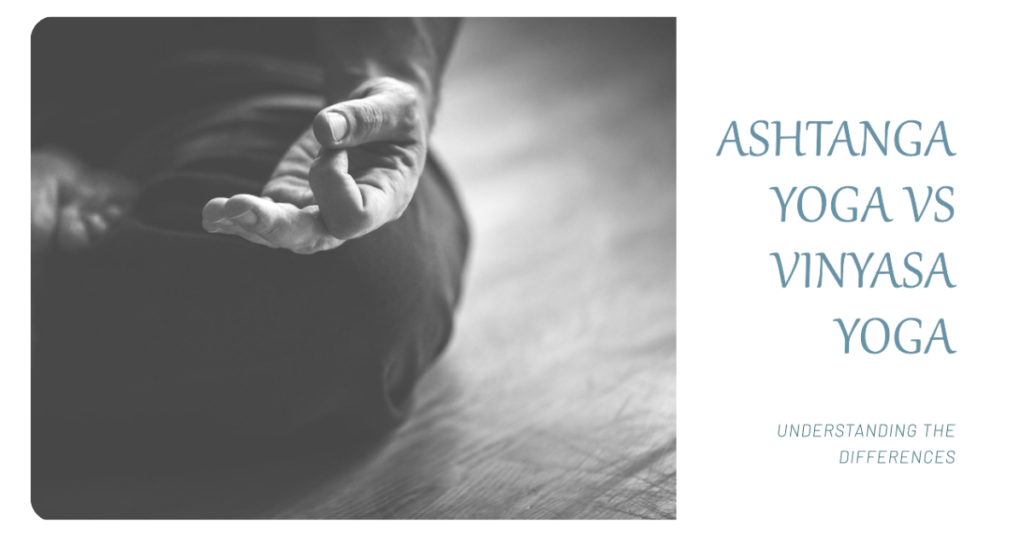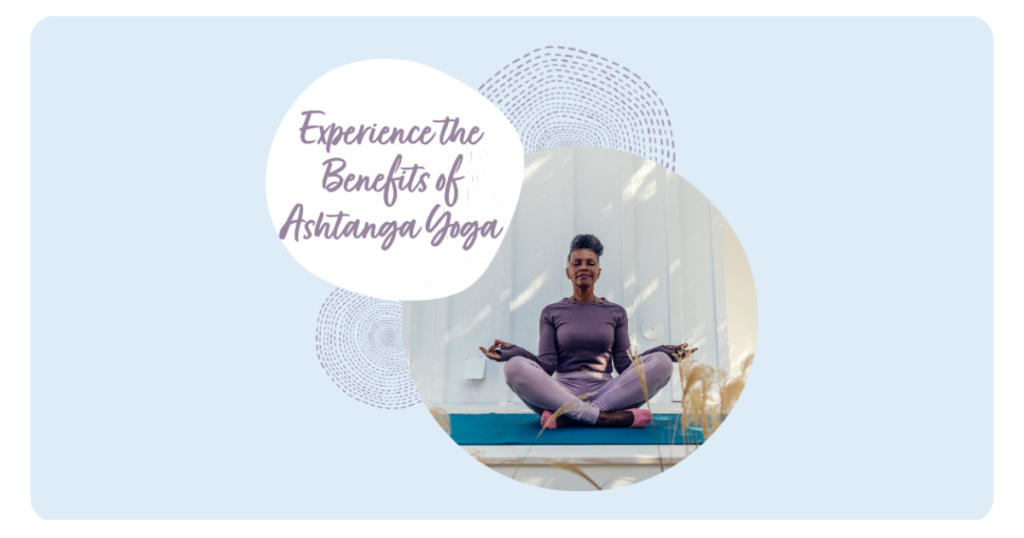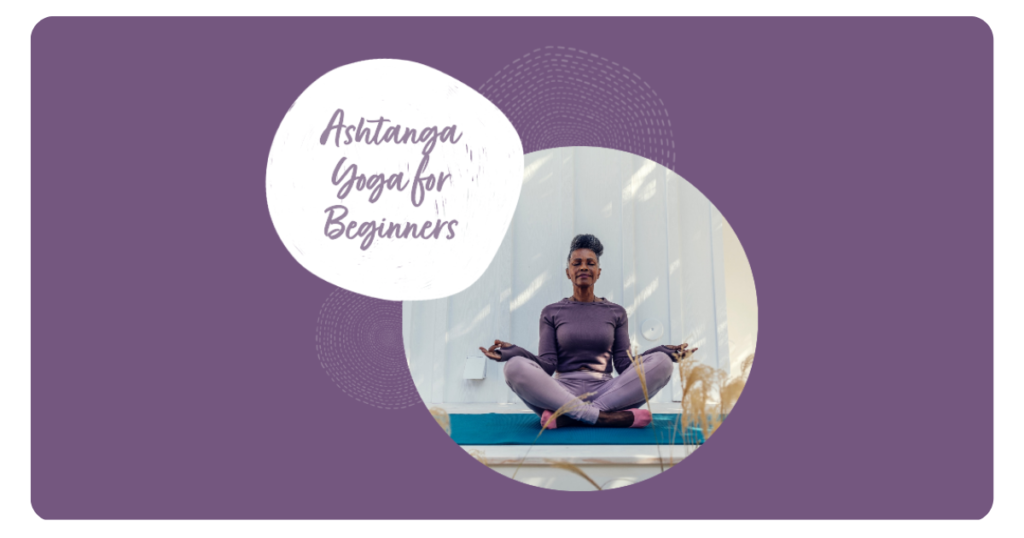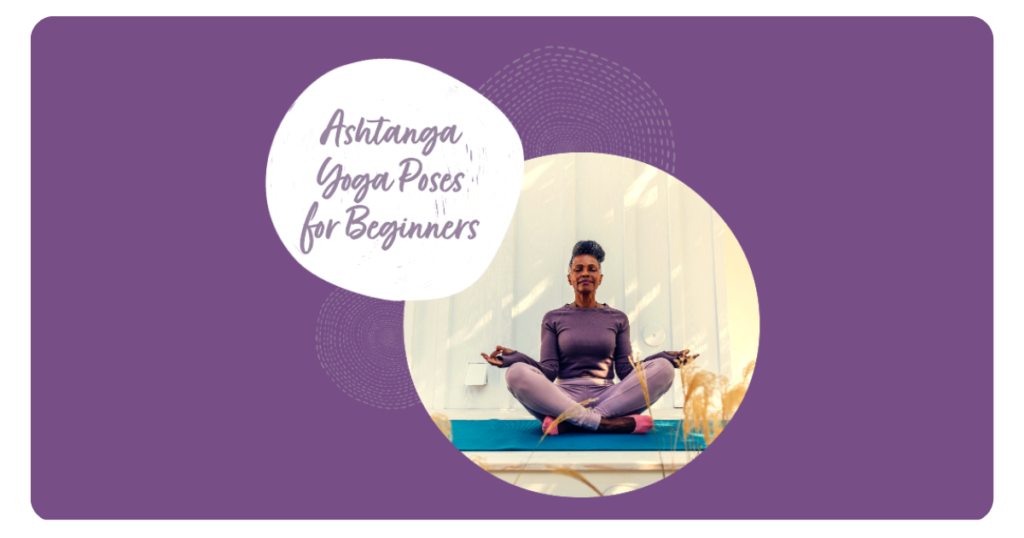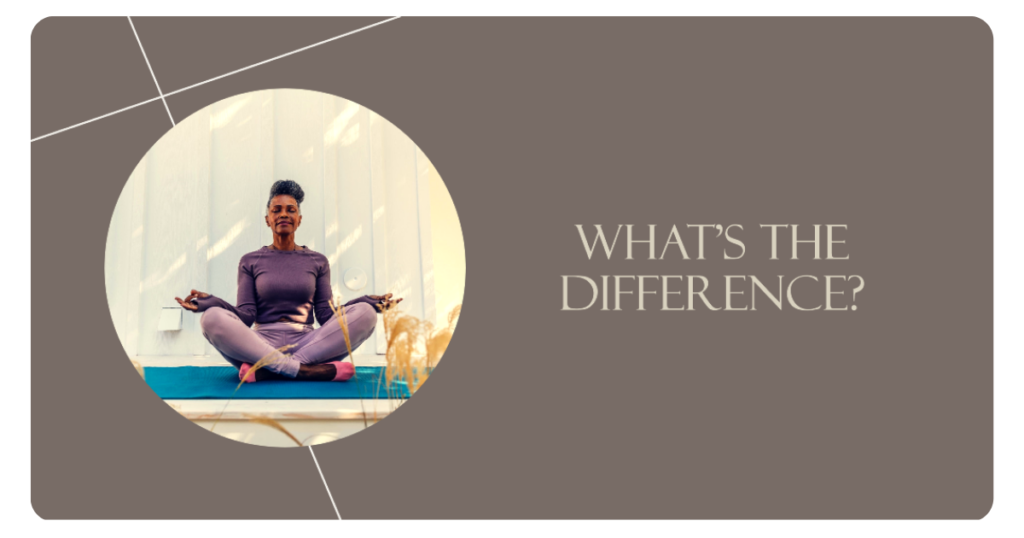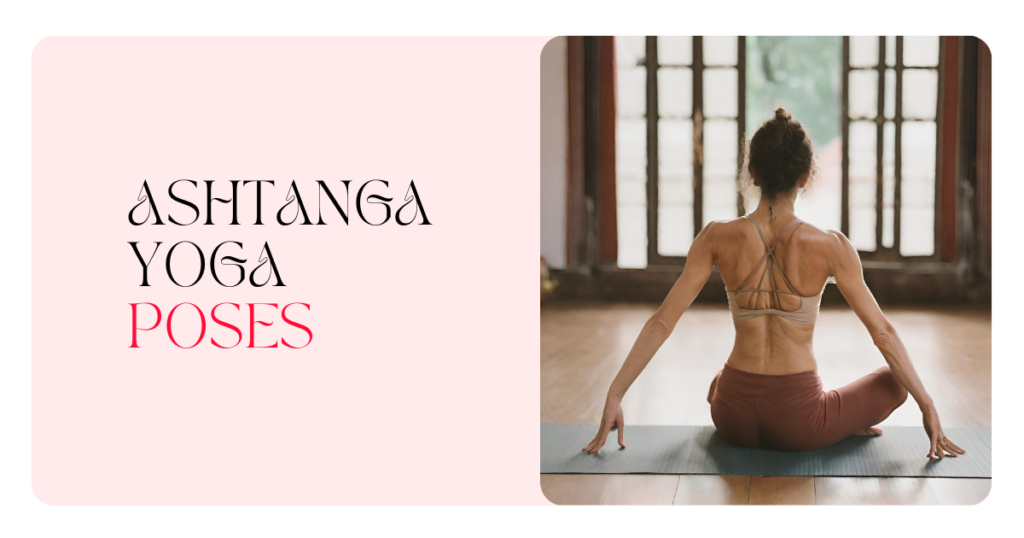
Intro:
Ashtanga yoga, a dynamic and physically demanding practice, has gained immense popularity worldwide for its transformative power. This ancient system, rooted in the teachings of the sage Vamana Rishi, offers a unique blend of synchronizing breath with a progressive series of postures, ultimately leading practitioners on a profound journey of self-discovery. As the curiosity around this revered yoga style continues to grow, one burning question often arises: “How many poses in Ashtanga yoga?”
This comprehensive guide delves deep into the intricate world of Ashtanga yoga, unveiling the vast array of postures that comprise its remarkable sequences. By the end, you’ll not only gain a profound understanding of the sheer breadth of poses but also the wisdom and insights to embark on this transformative path with confidence.
What is Ashtanga Yoga?
Ashtanga yoga, often referred to as the “yoga of the ancient sages,” is a dynamic and physically demanding practice that synchronizes breath with a progressive series of postures. Unlike many modern yoga styles, Ashtanga follows a set sequence of poses, forming a powerful moving meditation that cultivates strength, flexibility, and concentration.
This traditional system traces its roots back to the sage Vamana Rishi, who is believed to have practiced and taught Ashtanga yoga thousands of years ago. However, it was the late Sri K. Pattabhi Jois who revived and popularized this ancient practice in the 20th century, establishing the Ashtanga Yoga Research Institute in Mysore, India.
At the core of Ashtanga yoga lies a profound philosophy that emphasizes the unity of body, mind, and spirit. The practice is guided by several key principles, including:
By adhering to these principles, practitioners experience a profound transformation that transcends the physical realm, cultivating focus, discipline, and ultimately, self-realization.
The Ashtanga Yoga Series
Ashtanga yoga is renowned for its structured sequences, each meticulously designed to build upon the previous one, gradually preparing the body and mind for more advanced postures. These sequences, known as the Ashtanga Yoga Series, are the foundation upon which the practice is built.
Yoga Chikitsa: Primary Series
The Primary Series, also known as Yoga Chikitsa, is the foundational sequence in Ashtanga yoga. Comprising over 75 poses, this series is a comprehensive full-body workout that builds strength, flexibility, and stamina. It is typically the starting point for most practitioners and serves as a foundation for the more advanced series.
The Primary Series is divided into several key components, including:
The Primary Series is a transformative journey that not only strengthens and tones the body but also cultivates discipline, patience, and mental fortitude – essential qualities for advancing in the Ashtanga practice.
Nadi Shodhana: Intermediate Series
Once a practitioner has mastered the Primary Series, they may progress to the Intermediate Series, known as Nadi Shodhana. This sequence comprises approximately 17 postures and is designed to further purify the body’s energy channels (nadis) and prepare the practitioner for the more advanced series.
The Intermediate Series builds upon the foundations laid in the Primary Series, introducing more challenging postures and transitions. It includes a deep exploration of backbends, arm balances, and intricate twisting postures, all of which demand a high level of strength, flexibility, and focus.
Sthira Bhaga: Advanced Series
The Advanced Series, or Sthira Bhaga, is reserved for experienced practitioners who have mastered the Primary and Intermediate Series. This series is divided into four parts, each progressively more challenging than the last:
Breakdowns of the Major Ashtanga Poses
While the Ashtanga Yoga Series encompasses a vast array of postures, there are certain key poses that form the backbone of the practice. Let’s explore some of these essential asanas in greater detail.
Sun Salutations (Surya Namaskara A & B)
The Sun Salutations, or Surya Namaskara, are a dynamic sequence of postures that serve as the gateway to the Ashtanga practice. These flowing movements, synchronized with the breath, prepare the body for the more challenging postures to come.
Surya Namaskara A:
Surya Namaskara B:
These sequences not only build heat and prepare the body for the subsequent postures but also serve as a powerful moving meditation, cultivating focus and presence.
Standing Poses
The standing postures in Ashtanga yoga are a true test of strength, balance, and concentration. These poses lay the foundation for the more advanced postures to come and are an integral part of the Primary Series.
Some of the key standing poses include:
- Padangushtasana (Hand-to-Big-Toe Pose): A deep forward fold that stretches the hamstrings and calves while promoting spinal flexibility.
- Utthita Trikonasana (Extended Triangle Pose): A challenging standing twist that opens the hips and strengthens the core.
- Virabhadrasana A & B (Warrior I & II Poses): Two powerful poses that build strength in the legs and cultivate focus and determination.
- Parsvottanasana (Intense Side Stretch Pose): A deep lateral stretch that promotes spinal mobility and opens the shoulders.
These standing postures not only build physical strength but also cultivate mental resilience, teaching practitioners to remain grounded and focused even in the face of intense physical challenges.
Seated Postures and Arm Balances
The seated postures and arm balances in Ashtanga yoga are where the practice truly shines. These intricate asanas challenge both the body and mind, demanding unwavering focus, strength, and flexibility.
Some of the most iconic seated postures and arm balances include:
- Baddha Konasana (Bound Angle Pose): A deep hip opener that promotes flexibility and prepares the body for more advanced postures.
- Upavishta Konasana (Seated Wide-Angle Pose): A challenging forward fold that stretches the hamstrings and groin while strengthening the back.
- Kurmasana (Tortoise Pose): A deep backbend that opens the heart center and promotes spinal mobility.
- Bakasana (Crane Pose): A demanding arm balance that cultivates core strength and concentration.
These postures not only challenge the physical body but also teach practitioners to remain calm and focused under pressure, a invaluable lesson that extends far beyond the yoga mat.
Inversions
Inversions, or poses that invert the body, are an integral part of the Ashtanga practice. These postures not only build strength and balance but also offer a unique perspective on the world, encouraging practitioners to embrace new challenges and perspectives.
Some of the key inversions in Ashtanga yoga include:
- Sirsasana (Headstand): The “king” of inversions, this pose cultivates focus, balance, and determination.
- Sarvangasana (Shoulderstand): A powerful inversion that reverses the effects of gravity and promotes circulation.
- Pincha Mayurasana (Forearm Stand): A challenging arm balance that demands tremendous core strength and concentration.
Inversions not only offer physical benefits but also serve as a powerful metaphor for overcoming fear and embracing challenges, teaching practitioners to approach life with courage and resilience.
Backbends and Dropbacks
Backbends are a defining feature of Ashtanga yoga, opening the heart center and promoting spinal flexibility. These postures can be both exhilarating and intimidating, testing the boundaries of physical and mental endurance.
Some of the most iconic backbends and dropbacks in Ashtanga yoga include:
- Urdhva Dhanurasana (Upward-Facing Bow Pose): The quintessential backbend that opens the heart and cultivates confidence.
- Kapotasana (King Pigeon Pose): A deep backbend that stretches the entire front body and promotes spinal mobility.
- Dropbacks: The controlled descent from standing into Urdhva Dhanurasana, a testament to one’s trust in the practice and the ability to surrender.
These postures not only promote physical flexibility but also teach practitioners to embrace vulnerability and trust in their journey, essential lessons for personal growth and transformation.
Forward Folds
Forward folds are a staple in Ashtanga yoga, offering a counterbalance to the intense backbends and inversions. These postures promote relaxation, introspection, and a sense of grounding.
Some of the key forward folds in Ashtanga yoga include:
- Padahastasana (Hand-to-Foot Pose): A deep forward fold that stretches the hamstrings and promotes spinal flexibility.
- Paschimottanasana (Seated Forward Bend): A restorative pose that calms the mind and stretches the entire back body.
- Janu Sirsasana (Head-to-Knee Pose): A gentle forward fold that promotes hip and hamstring flexibility.
These postures not only offer physical benefits but also teach practitioners the importance of slowing down, introspecting, and finding stillness amidst the dynamic flow of the practice.
Finishing Sequence
The Finishing Sequence in Ashtanga yoga is a series of postures designed to cool down the body and prepare for the final resting pose, Savasana. These postures offer a gentle transition from the intense practice, promoting relaxation and integration.
Some of the key postures in the Finishing Sequence include:
- Salamba Sarvangasana (Shoulderstand): A gentle inversion that promotes circulation and relaxation.
- Halasana (Plow Pose): A restorative backbend that stretches the entire front body.
- Setu Bandhasana (Bridge Pose): A gentle backbend that opens the chest and prepares the body for final relaxation.
- Savasana (Corpse Pose): The final resting pose, where practitioners integrate the benefits of the practice and cultivate a state of deep relaxation.
The Finishing Sequence not only offers a physical cooldown but also serves as a metaphor for the integration of the lessons learned on the mat into daily life, promoting balance, equanimity, and a sense of wholeness.
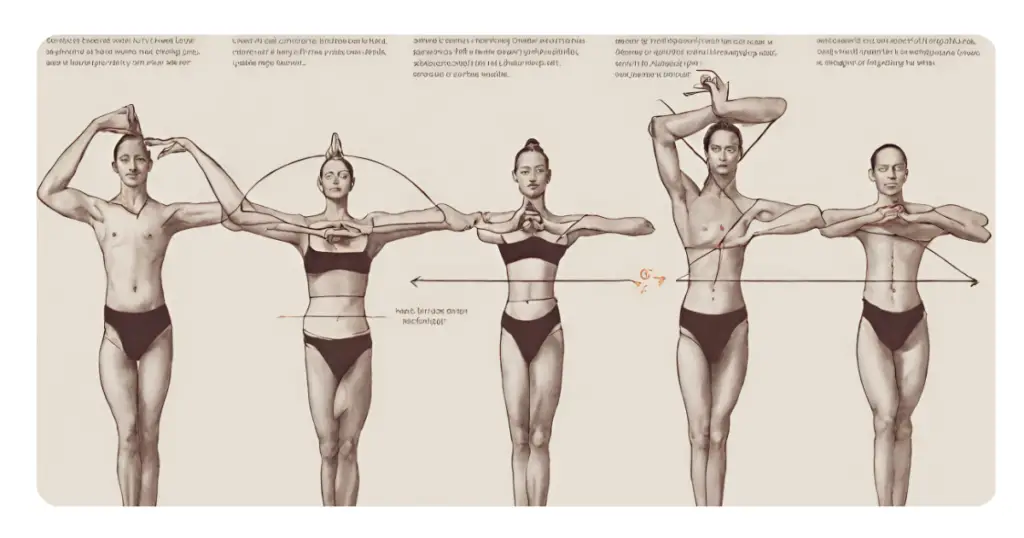
Common Poses and How to Do Them
While the Ashtanga Yoga Series encompasses a vast array of postures, there are certain key poses that are foundational to the practice. Let’s explore some of these essential asanas in greater detail, including step-by-step instructions, modifications, and benefits.
1. Padmasana (Lotus Pose)
- Sanskrit Name: Padmasana
- Step-by-Step Instructions:
- Sit on the floor with your legs extended in front of you.
- Bend your right knee and place your right foot at the root of your left thigh, as high up as is comfortable.
- Repeat the same with your left leg, placing your left foot at the root of your right thigh.
- Keep your spine straight and engage your core muscles.
- Place your hands in Chin Mudra (thumb and index finger touching) or on your knees, palms facing down.
- Modifications:
- If the full Lotus Pose is too challenging, try Half Lotus (Ardha Padmasana) by placing only one foot on the opposite thigh.
- Use a blanket or cushion under your hips for added support and height.
- Benefits:
- Stretches the hips, knees, and ankles, promoting flexibility and mobility.
- Improves posture and alignment, strengthening the core muscles.
- Promotes calmness and concentration, ideal for meditation and breathing practices.
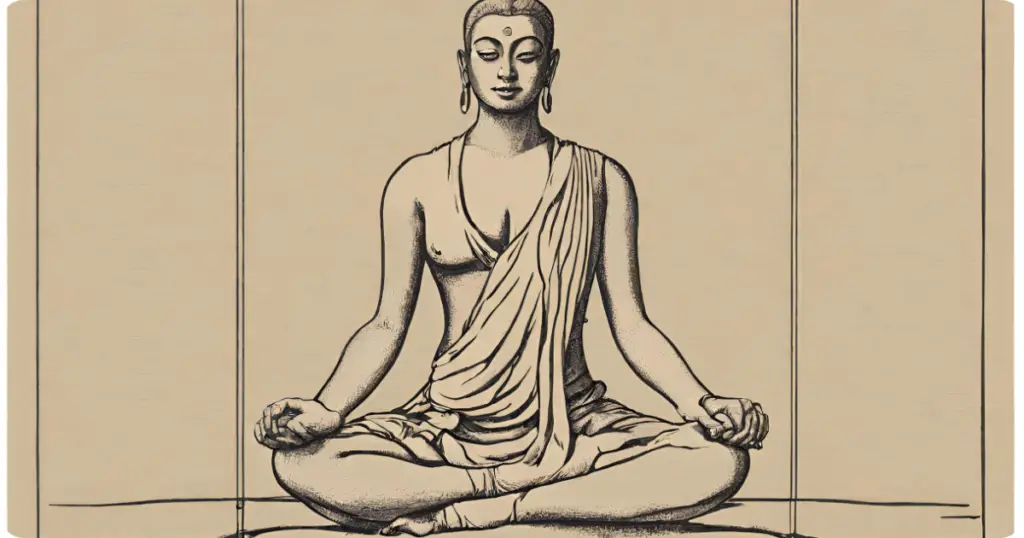
2. Adho Mukha Svanasana (Downward-Facing Dog Pose)
- Sanskrit Name: Adho Mukha Svanasana
- Step-by-Step Instructions:
- Start on your hands and knees, with your hands shoulder-width apart and your knees hip-width apart.
- Spread your fingers wide and press firmly into the mat, creating a stable base.
- Exhale and lift your hips up and back, straightening your legs and forming an inverted “V” shape with your body.
- Engage your core muscles and press your heels toward the mat, creating length in your spine and legs.
- Relax your head and neck, allowing your gaze to fall between your legs or toward your navel.
- Modifications:
- If you have tight hamstrings or calves, bend your knees slightly or place your heels on a block or blanket.
- For added support, practice against a wall, walking your feet closer to the wall.
- Benefits:
- Stretches the shoulders, hamstrings, calves, and arches of the feet.
- Strengthens the arms, legs, and core muscles.
- Improves circulation and relieves mild depression and fatigue.
- Provides a gentle inversion, calming the mind and relieving stress.
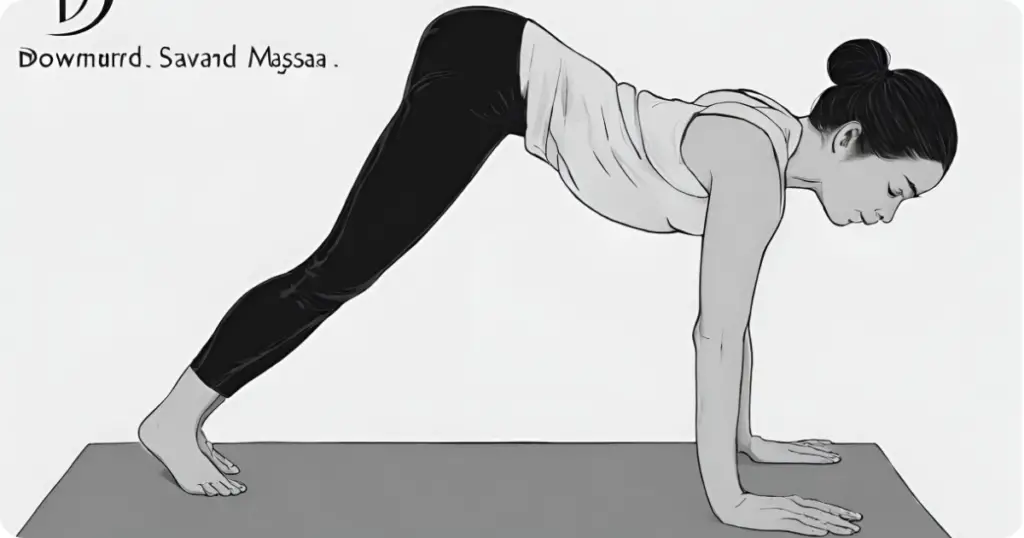
3. Chaturanga Dandasana (Four-Limbed Staff Pose)
- Sanskrit Name: Chaturanga Dandasana
- Step-by-Step Instructions:
- Start in a high plank position, with your hands shoulder-width apart and your body forming a straight line from head to heels.
- Engage your core muscles and maintain a neutral spine.
- Exhale and bend your elbows back, lowering your body toward the mat, keeping your elbows close to your sides.
- Stop when your upper arms are parallel to the floor and your body forms a straight line from head to heels.
- Hold the pose, keeping your gaze
4. Urdhva Mukha Svanasana (Upward-Facing Dog Pose)
- Sanskrit Name: Urdhva Mukha Svanasana
- Step-by-Step Instructions:
- Lie prone on the mat with the tops of your feet flat on the floor.
- Bend your elbows and place your hands on the mat beside your ribs, fingers pointing forward.
- Inhale and press into your hands, straightening your arms to lift your body off the mat.
- Roll your shoulders back and lift your head and chest off the mat, arching your back.
- Engage your core and leg muscles, creating length in your body.
- Relax your head back and gaze forward or up toward the ceiling.
- Modifications:
- If you have tight shoulders or back, practice with your knees bent and feet hip-width apart.
- For added support, place a block or blanket under your thighs or lower abdomen.
- Benefits:
- Stretches the chest, abdomen, and front of the body.
- Strengthens the arms, wrists, and back muscles.
- Improves posture and counteracts the effects of prolonged sitting or slouching.
- Energizes the body and mind, reducing fatigue and mild depression.
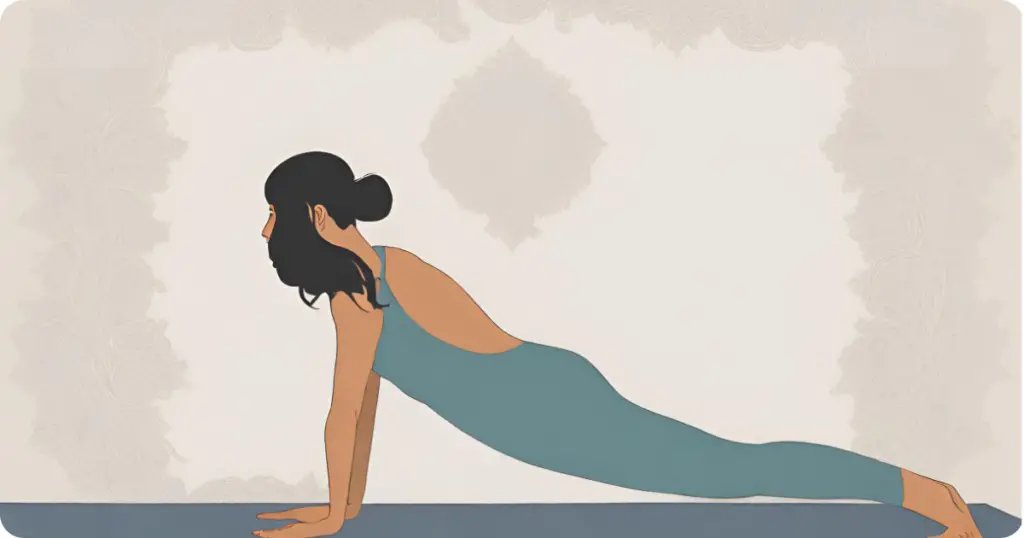
5. Virabhadrasana I (Warrior I Pose)
- Sanskrit Name: Virabhadrasana I
- Step-by-Step Instructions:
- Start in a standing position, with your feet together.
- Step your right foot forward, turn your right foot out, and your left foot in slightly.
- Bend your right knee over your right ankle, keeping your knee in line with your ankle and thigh parallel to the floor.
- Raise your arms overhead, palms facing each other or in Anjali Mudra (Prayer Position).
- Engage your core and leg muscles, maintaining a straight back and elongated spine.
- Gaze forward or up toward your hands, keeping your head in line with your spine.
- Modifications:
- If you have tight hips or balance issues, practice with your back heel on the mat.
- For added support, practice near a wall or with a chair in front of you.
- Benefits:
- Strengthens the legs, ankles, and core muscles.
- Improves balance, stability, and body awareness.
- Stretches the chest, shoulders, and hips, promoting flexibility and mobility.
- Builds confidence, courage, and a sense of empowerment.
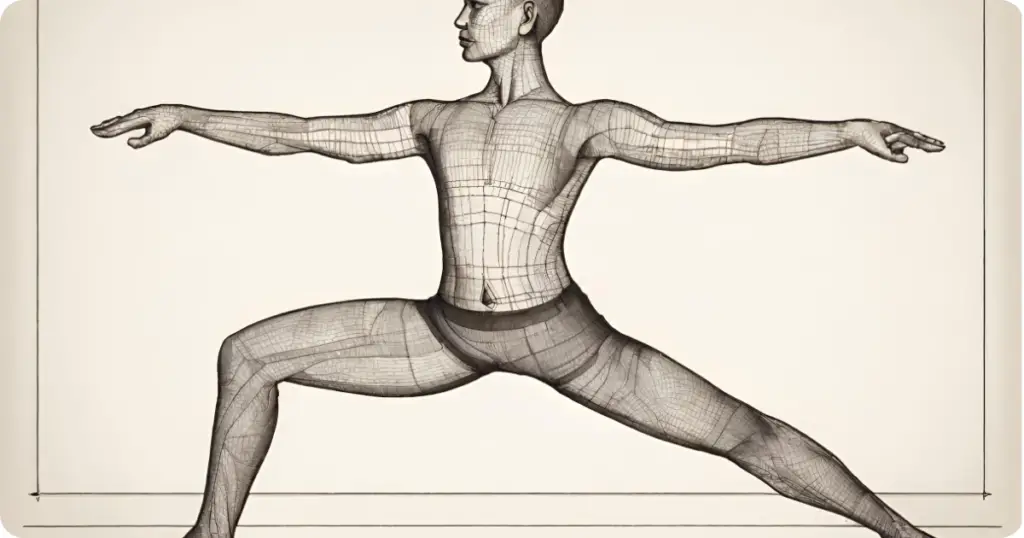
These are just a few examples of the many poses that make up the Ashtanga Yoga Series. Each posture offers unique physical, mental, and energetic benefits, and when practiced together in the prescribed sequence, they create a powerful transformative experience.
Remember, proper alignment and understanding of each pose are crucial to ensure a safe and effective practice. If you are new to Ashtanga yoga, it is highly recommended to seek guidance from a qualified and experienced teacher who can provide personalized instruction and modifications tailored to your individual needs. more
The Role of the Ashtanga Breath (Ujjayi Pranayama)
In Ashtanga yoga, the breath is not merely a supporting element but rather the very thread that weaves the practice together. The Ujjayi Pranayama, also known as the “Victorious Breath,” is a fundamental aspect of the Ashtanga system, serving as a constant companion throughout the dynamic sequences.
What is Ujjayi Pranayama?
Ujjayi Pranayama is a specific breathing technique that involves constricting the back of the throat to create an audible, ocean-like sound with each inhalation and exhalation. This controlled breathing pattern has several purposes:
Techniques for Mastering the Ujjayi Breath
While the Ujjayi Pranayama may seem simple, mastering this breathing technique requires practice and guidance. Here are some tips for developing a steady, controlled Ujjayi breath:
By mastering the Ujjayi breath, practitioners unlock the full potential of the Ashtanga practice, cultivating a profound mind-body connection and harnessing the transformative power of this ancient system.
Is Ashtanga Yoga Right for You?
Ashtanga yoga is a transformative and demanding practice that requires dedication, perseverance, and a willingness to embrace both physical and mental challenges. While the rewards of this ancient system are immense, it is important to consider whether Ashtanga yoga is the right fit for your individual needs and goals.
Who Should Practice Ashtanga Yoga?
Ashtanga yoga can be an excellent choice for individuals seeking:
Contraindications and Cautions
While Ashtanga yoga can be incredibly rewarding, it is essential to consider any potential contraindications or cautions before embarking on this journey:
Tips for Beginners Starting Ashtanga Yoga
If you have decided to embark on the Ashtanga journey, here are some tips to help you get started on the right foot:
By approaching Ashtanga yoga with an open mind, a willingness to learn, and a commitment to self-care, you can unlock the transformative potential of this ancient practice and embark on a profound journey of self-discovery.
Conclusion
As we have explored the intricacies of Ashtanga yoga and the vast array of poses that comprise its remarkable sequences, it is clear that this ancient practice is a profound and transformative journey. From the dynamic Sun Salutations to the awe-inspiring advanced series, each posture offers a unique physical, mental, and spiritual challenge, inviting practitioners to push beyond their perceived limits and embrace the path of self-discovery.
Throughout our exploration, we have learned that the number of poses in Ashtanga yoga is not a fixed number but rather a ever-evolving tapestry of asanas, each one serving as a stepping stone towards greater strength, flexibility, and self-awareness. Whether you are a seasoned practitioner or a curious beginner, the beauty of Ashtanga lies in its ability to meet you where you are and gently guide you towards growth and transformation.
As you contemplate your own Ashtanga journey, remember that the true essence of this practice lies not in mastering a specific number of poses but in cultivating a deep reverence for the present moment. Each breath, each movement, and each posture becomes an opportunity to fully inhabit your body, quiet your mind, and connect with the vast wellspring of wisdom that resides within.
So, whether you find yourself flowing through the Primary Series or courageously exploring the Advanced sequences, embrace the challenge, celebrate your progress, and never lose sight of the profound truth that Ashtanga yoga is a journey of self-discovery, a path that leads you back to the very essence of who you are.
Remember, the poses are merely the vehicle; the true destination lies in the unwavering commitment to your practice, the willingness to surrender to the process, and the courage to continuously evolve and transcend your perceived limitations.
Embrace the transformative power of Ashtanga yoga, and let each posture be a reminder of your boundless potential for growth, resilience, and self-realization.
Call-to-Action: If you feel inspired to embark on the Ashtanga journey, seek out a qualified teacher in your area or explore online resources like this guide on how to start Ashtanga yoga to begin your practice today. Remember, the path may be challenging, but the rewards are immeasurable.
